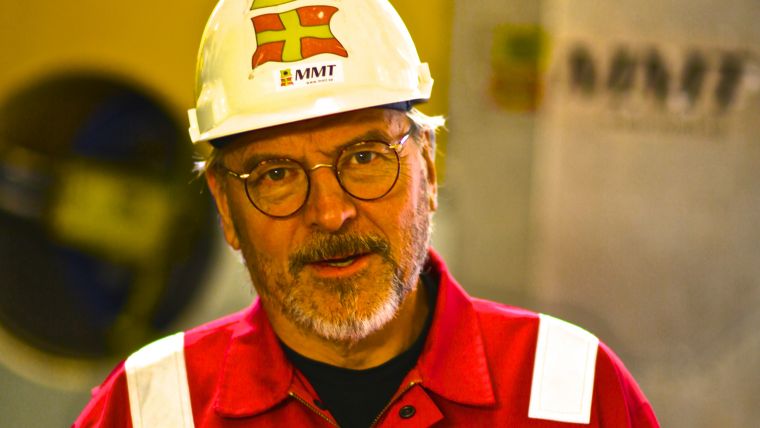5 Questions to Ola Oskarsson
Founder, MMT
Ola Oskarsson is founder of MMT, Sweden. Hydro International asked him (and other leaders in the business) 5 questions.
Technology and societal needs are changing rapidly. How is your company adapting to these changes?
We believe that through technological progress it is possible to increase the resolution and accuracy of seafloor mapping while lowering the cost for the end clients. This is the time to invest in research and development and step into the new world of Artificial Intelligence instead of manual labour. The age old tasks of gridding, cleaning outliers and noting side-scan targets by hand in Excel documents can be replaced by machine vision. We already trust machines to send us bills after taking pictures of the license plates of cars when passing tollbooths. The same technology can be used to make our mapping more accurate and minimise manual errors.
On which applications does your company focus its research and development activities?
UXO (UneXploded Ordnance) , DOB (Depth of Burial measurements), Machine Vision and Photogrammetry. Generally, we are increasing the possible resolution in a paradigm shift where Sonars, Laser, Magnetometers and Photogrammetry are utilised in combination, revealing hitherto unknown detail of the seafloor.
To achieve this, data management and number crunching is the key to success. Therefore, we also concentrate our R&D on Cloud storage GIS, Point Clouds and Big Data management.
What is your company’s growth strategy?
To grow by using innovation for more cost-effective solutions for our clients. This is the time to look into vessel speed, vessel size and honing the tools for survey accuracy while working faster with reasonable sized vessels.
By cutting time and cost for surveys substantially by spending less time at sea with fewer people on board our vessels we will be able to maintain a high-quality workforce and tools at a price level that clients can accept while we deliver higher resolution and accuracy than ever before.
How would you describe the hydrographic market these days?
The price levels are not sustainable. There must be a motion to restore profitability without losing the value for clients. The market is driven by ship-owners offering vessels at prices well below sustainable levels. This will over time result in companies struggling hard while low quality and low HSE standards will be result. The key to survival is to work more effectively while maintaining cutting edge technology to deliver excellent products to the clients. If you deliver the lowest price, chances are you have nothing else to bring to your clients.
Which new or emerging markets do you foresee in the coming years?
Environmental Assessment, Geohabitat classification will be a requirement set by legislation and conventions, which will impact all areas of underwater work. Reporting quality, reporting swiftness and accessibility to data will be the most important competitive measure from 2018. The challenge is to implement systems for rapid throughput of huge data volumes now, in times of recession, to have the products ready as the market, hopefully changes in 2018-2019.

Value staying current with hydrography?
Stay on the map with our expertly curated newsletters.
We provide educational insights, industry updates, and inspiring stories from the world of hydrography to help you learn, grow, and navigate your field with confidence. Don't miss out - subscribe today and ensure you're always informed, educated, and inspired by the latest in hydrographic technology and research.
Choose your newsletter(s)
























